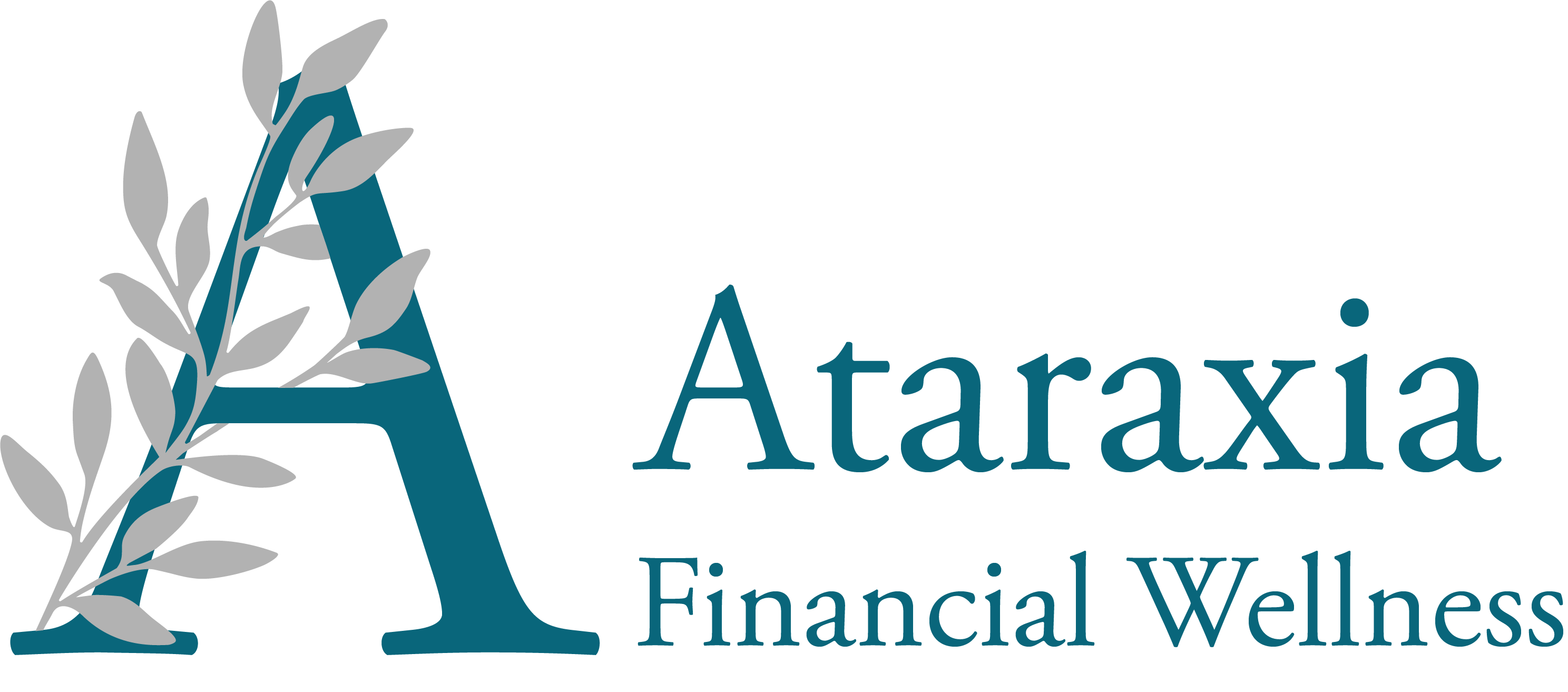A Tax-Free Savings Account (TFSA) is arguably the most powerful and flexible savings and investment vehicle available to Canadians. Since its introduction in 2009, millions of Canadians have opened TFSAs, but many are not utilizing them to their full potential. Let’s take a look a what you can do to get the most out of your Tax-Free Savings Account.

Understanding the TFSA Fundamentals
What Exactly is a TFSA?
A Tax-Free Savings Account (TFSA) is a registered account that allows you to save and invest money while sheltering all growth, interest, dividends, and capital gains from taxation. Unlike an RRSP where you save on taxes when you contribute but pay tax when you withdraw, a TFSA is funded with after-tax dollars, meaning everything you earn inside the account stays completely tax-free even when it is withdrawn.
The key benefits include:
- No tax on investment growth
- No tax on withdrawals
- Full flexibility to withdraw
- Re-contributions are allowed but there are some limitations
- No impact on government benefits or credits
- No age limit for contributions (after age 18)
TFSA Contribution Rules and Limits
Understanding contribution limits is crucial for maximizing your TFSA:
- Annual contribution room is set by the government and accumulates every year
- Your CRA account will tell you what your permitted contribution room is
- If you were 18 or older in 2009, you’ve accumulated room since then
- Unused room carries forward indefinitely
- Withdrawals create equivalent contribution room the following year
- Over-contributions result in a 1% monthly penalty tax
As of 2025, the cumulative TFSA contribution room for someone who was 18 or older in 2009 and has never contributed to a TFSA is $102,000.
Key Strategies to Maximize Your TFSA
1. Contribute Early and Often
The power of compound growth means contributing early in the year maximizes your returns. Consider these approaches:
- Lump sum at year start: If you have the funds, contribute your full annual limit at the beginning of the year
- Dollar-cost averaging: Make smaller regular contributions throughout the year if you’re building up funds gradually and investing those funds each month.
- Replace withdrawals: If you withdraw during the year, plan to recontribute the following year
2. Choose the Right Investment Strategy
Your TFSA investment approach should align with your timeline and risk tolerance. But unlike an RSP account, which will convert to a RIF at 71 and force you to withdraw funds, a TFSA account will never force withdrawals. Therefore this account could be with your for the rest of your life and could become the largest and oldest account you have. This could be a solid reason not to withdraw from the account and use it for long term asset building. The potential longevity of this account needs to be considered when choosing investments and determining your risk tolerance.
3. Optimize for Tax Efficiency
Make your TFSA work harder by considering the tax implications. Higher taxed investments, such as foreign investments and high growth stocks may be better suited for a TFSA where you will not be taxed on the growth. While lower taxed investments like Canadian dividends and lower growth investments may be better suited for accounts where you will pay taxes.
4. Avoid Common TFSA Mistakes
Over-Contributing
- Always track your contribution room
- Use CRA online services to verify available room
- Set up contribution notifications
- Plan to re-contribute withdrawal in the following year
Day Trading
- CRA may deem frequent trading as business income
- Could trigger taxation of your entire TFSA
- Stick to investing, not trading
Ignoring Investment Costs
- High MER mutual funds eat into returns
- Consider low-cost ETFs
- Be aware of trading commissions
Borrowing to Invest
- No tax deduction benefits (unlike RRSP)
- Interest costs reduce overall returns
- Increases financial risk
Non-Qualified Investments
- Cryptocurrencies (in most cases)
- Private company shares
- Business assets
Poor Asset Location
- Holding wrong investments in TFSA
- Duplicating holdings in TFSA and non-registered
- Ignoring tax efficiency
5. TFSA vs. RRSP Strategy
Consider your tax situation when choosing between accounts:
Prioritize TFSA when:
- Your current tax rate is low (students, part-time workers, early career professionals)
- You expect to be in a higher tax bracket in retirement
- You value withdrawal flexibility
Prioritize RRSP when:
- Your current tax rate is high and therefore generates a higher tax advantage
- You expect to be in a lower tax bracket in retirement
The ideal situation would be to use both accounts to their fullest potential, however this is not possible for everyone.
6. Estate Planning Benefits
Successor Holder (Spouse/Common-law Partner):
- TFSA transfers directly to spouse’s TFSA
- No probate fees
- No loss of contribution room
- Maintains tax-free status
Beneficiary:
- Assets transfer to beneficiary’s estate
- Becomes taxable after date of death
- May be subject to probate
- Beneficiary must close and reopen TFSA
It is critical to have the beneficiary designation set up and to review it periodically and after major life changes to ensure the funds go to the correct person upon your passing.
7. Monitor and Manage your TFSA
Establish a regular routine of monitoring your TFSA:
- Monthly: Track contributions and balances
- Quarterly: Review investment performance
- Annually: Reassess asset allocation and confirm contribution room
- Life changes: Marriage, children, career changes
Conclusion
The Tax-Free Savings Account represents an unparalleled opportunity for Canadian investors to build significant tax-free wealth. By understanding the rules, implementing smart strategies, and avoiding common mistakes, you can potentially save hundreds of thousands in taxes over your lifetime.
Remember that the power of the TFSA lies not just in tax savings, but in the flexibility and peace of mind it provides. Whether you’re saving for retirement, a home purchase, or simply building financial security, maximizing your TFSA should be a cornerstone of your financial strategy.
